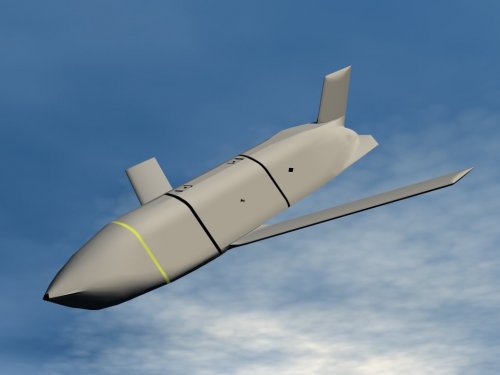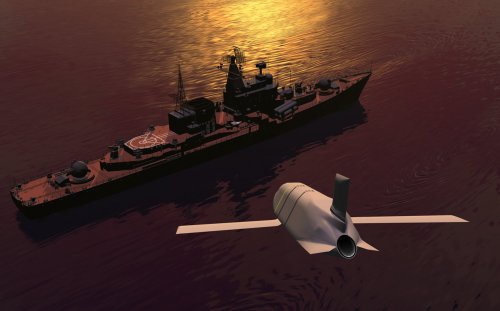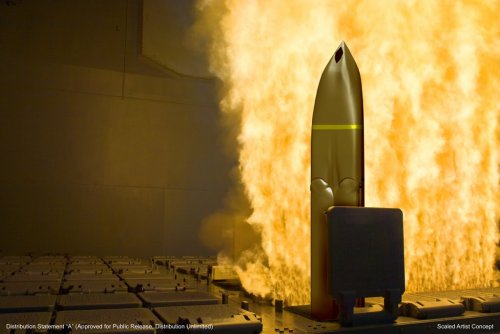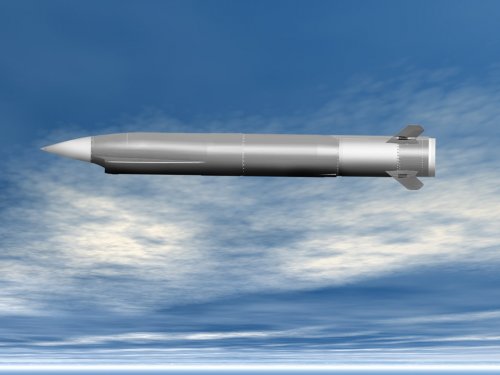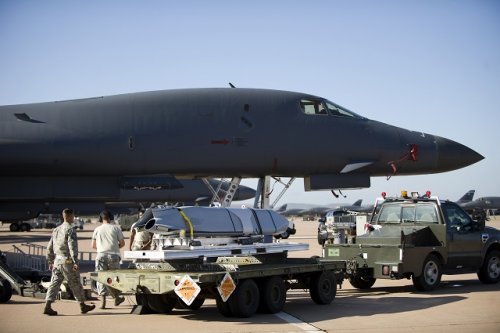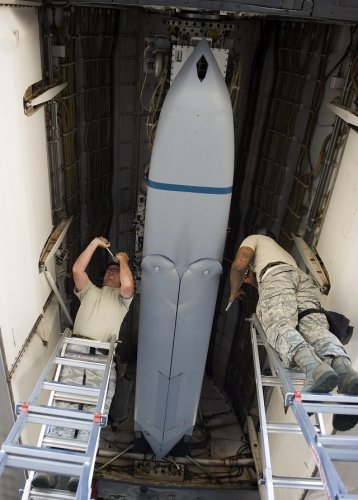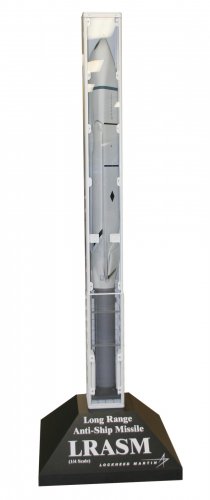- Joined
- 3 June 2011
- Messages
- 18,335
- Reaction score
- 12,233
sferrin said:"Plans call for two air launches of the LRASM-A from a U.S. Air Force bomber and four surface launches of the LRASM-B from the Mk29 vertical-launch canister using the Aerojet Mk72 booster from the Standard SM-3 surface-to-air missile. For the demonstration flights, LRASM-B will use integrated rocket/ramjets originally built for the Asalm-derived Supersonic Low-Altitude Target (SLAT) and stored at China Lake, Calif., since the program was cancelled in 1991, Kuller says."
I guess they're gonna be screwed after they've used those up and they have to try to make more. (That's when it'll get cancelled due to cost escalations and "technical challenges".)
Turns out I was being optimistic. It didn't even get that far:
"Working in close collaboration with the Navy to provide warfighters a capability that can make a difference at sea in the near term, DARPA decided in January 2012 to focus solely on technology development for LRASM-A, ceasing development of LRASM-B. By consolidating investments to focus solely on advancing LRASM-A technologies, DARPA aims to reduce risk and expedite delivery of cutting-edge capability to the fleet."
Why, I'm astonished.


